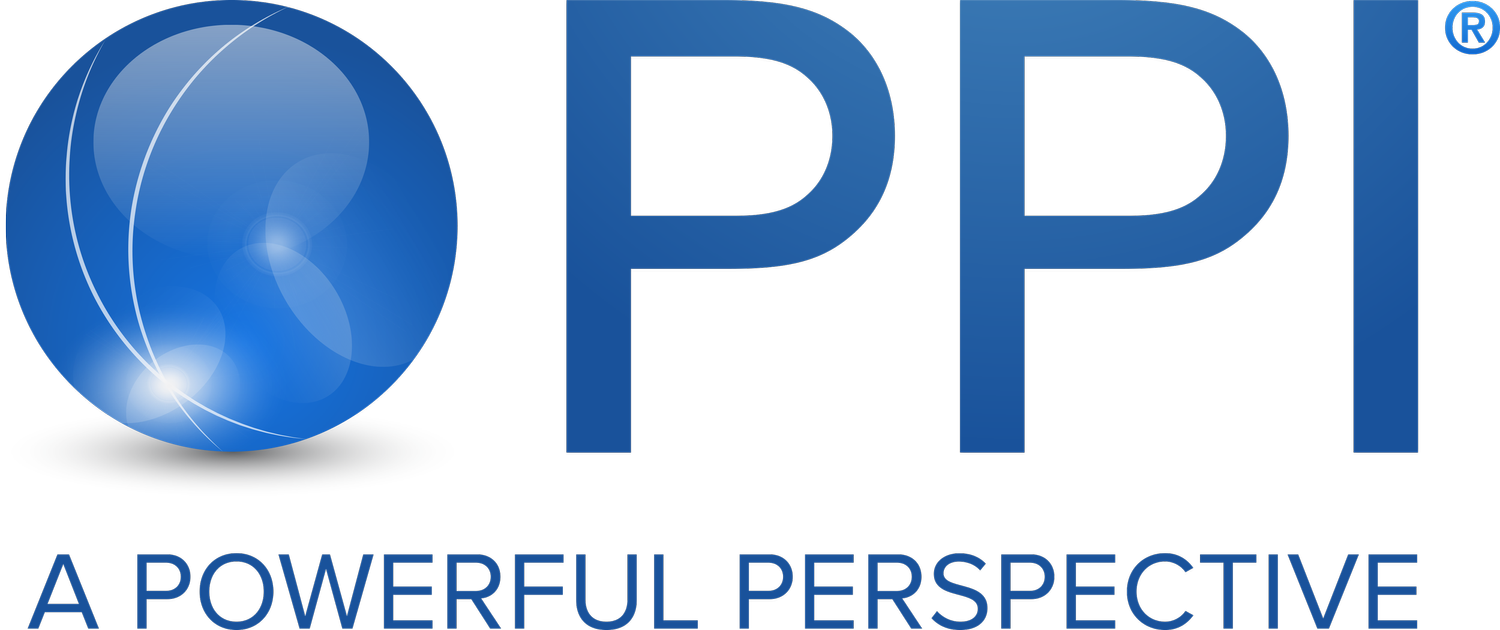
2021 PROGRAMS RETROSPECTIVE
PPI ROUNDTABLES
Recovery and Reset: A Reality Check
February 16-18: The global economic recovery from a pandemic-induced slump has been uneven. The virus is surging again in North America and Europe, but the development and deployment of vaccines has sparked hope. While the world entered a near-synchronous shutdown in 2020, reopening and recovery have been imbalanced. It will take time for vaccines to be widely administered and for the economic losses from COVID-related lockdowns to be mitigated. Accordingly, timely fiscal remedies may be key as countries emerge from the public health crisis. The path to recovery also intersects with important resets. Investors will consider how the global economic picture affects global equity markets, as well as the pandemic’s long-term impacts on sectors such as commercial real estate. In the United States, a new administration will introduce changes in economic and foreign policy. In the Asia-Pacific region, the signing of the Regional Comprehensive Economic Partnership (RCEP) turns a page on free-trade agreements. And in the institutional investor community, greater attention will be paid to the societal impact of institutional capital as well as equity, diversity, and inclusion issues.
Investing in a World Reshaped
July 13-15: The uneven rollout of COVID-19 vaccines and new strands of the virus have clouded the outlook for a post-pandemic world. Consumption patterns and economic activity have been reshaped by this unprecedented global event, which has also accelerated trends and amplified disruption that predate the outbreak. A K-shaped recovery could have important implications for portfolio construction and asset allocation. Diverging paths to recovery may lead to unforeseen economic outcomes that could have lasting impact.
Many governments have further expanded their fiscal deficits in order to provide relief and stimulate their economies. Coupled with ultra-accommodative monetary policies already in place, rising debt levels are a building concern; one increasingly expressed through currencies, commodities, and most impressively, crypto-assets. The overabundant money supply, wealth gaps and economic inequality continue to drive discussions about inclusiveness, which deepens the social and governance aspects of ESG investing. On the environmental front, carbon neutrality targets continue to usher in new waves of climate-focused laws and regulations that could impact business models as well as investment portfolios.
Long-Term Trends in a Multipolar Asia
October 27-29: Global geopolitical events in the past five years have hastened the evolution of Asia from a traditional bilateral alliance structure into a new multilateral and multipolar architecture. Major trends ranging from changing demographics to the continued rise of technology and the digital transformation of industries have resulted in a new paradigm. Growing global pressure on de-carbonization and the push for “net-zero” emissions present unique challenges and opportunities for the diverse economies in various stages of growth and development. As the region seeks to emerge from the COVID-19 pandemic, new threats include the emergence of new variants, slower than expected vaccine rollouts, and waning vaccine effectiveness. The rethinking of supply chains is also key in Asia, but will have significant global implications as well. Likewise, the trajectory of strategic competition across various fronts will pose increasing complexity for long-term investors.
PPI SALONS
-
The Year Ahead for PPI: Town Hall Discussion
January 27: For the first PPI gathering of 2021, management, board, and committee leaders will offered updates and insights on PPI’s plans for the year. The PPI Community shared their reflections on the year ahead, both on PPI and otherwise: As we continue to navigate our way through this difficult time, what are the opportunities and obstacles for PPI and its members?
-
African Markets Briefing
March 2: PPI members received an update on the macroeconomic conditions across African markets; an assessment of the prospects for recovery and growth in light of COVID-19; an outline of key sectors to watch; and a discussion of the Biden Administration's likely approach to Africa policy and what that could mean for investors. The presenter also discussed the Atlantic Council's efforts to engage institutional investors with Africa, and how U.S. and African development finance institutions can play a role in catalyzing investment to the continent.
-
Biodiversity Protection through Private Investments
March 24: Biodiversity loss is ranked by the World Economic Forum as a top-five global risk in terms of both impact and likelihood, yet there is scant appreciation of the financial system’s dependence and impact on biodiversity. Biodiversity-related externalities are not adequately being considered in financial decision-making. However, rapid developments at market, national and international levels focused on the nexus between biodiversity and finance are emerging. Collectively, these could unlock a range of new opportunities, as well as trigger a process where costs currently borne by society are internalized onto company balance sheets through changing consumer preferences, technology or regulation, profoundly affecting valuations. A key question over the next few years is where the risks and opportunities lie as the topic of biodiversity moves from the shadows to the spotlight of mainstream investment. This session also touched on related issues, predominantly through the lens of private market investments, such as the measuring and reporting of progress, the role of blended finance, as well as pertinent issues associated with data.
-
Policy Briefing: Foreign Investment and National Security in the United States
April 13: Rising strategic competition and mistrust between nations have fueled concerns about the national security implications of global economic activity. In the United States, this is underscored by recent actions such as President Joseph Biden’s executive order to review America’s key supply chains. The order, in fact, comes almost exactly a year after new legislation was implemented to overhaul the Committee on Foreign Investment in the United States (CFIUS), which conducts a multi-agency screening of inbound foreign investment transactions for national security risks. Most notably, the Foreign Investment Risk Review Modernization Act (FIRRMA) expanded the scope of CFIUS review to include both direct and indirect foreign investment in U.S. business activities associated with critical technologies, critical infrastructure, sensitive personal data, and real estate.
This session addressed the latest policy and regulatory developments relating to national security reviews of foreign investment in the United States: How will the Biden Administration utilize the CFIUS process, and are there any other changes afoot? While many of the national security concerns relate to China, CFIUS covers all foreign investment. What should global institutional investors be mindful of with respect to their U.S. holdings in infrastructure, real estate, and affected sectors? Are sovereign funds and public pension funds more susceptible to scrutiny? How might CFIUS considerations play out in areas like climate change, which is a priority of the Biden Administration?
-
Leadership and Talent in the Pension and Investment Industry
May 19: PPI welcomed emerging leaders from the asset owner community to join a discussion on leadership and talent in the pension and investment industry. Asset owner leaders reflected on the arcs of their professional journeys and lessons learned along the way. Topics addressed included: intentional planning and seizing opportunities, important ingredients for career success, experiences that either accelerated or slowed career progressions, setbacks or barriers, timing of job changes, making the leap to the executive bench, and unique challenges during the pandemic.
-
ESG in Venture Capital - Obstacle or Opportunity?
May 25: As more and more institutional investors now incorporate explicit Environmental, Social and Governance (ESG) criteria into their portfolio construction and manager selection processes, it is not uncommon to find robust ESG features and offerings among asset managers that operate in equities, fixed income, and real assets. The situation might differ with respect to ESG penetration in venture capital (VC): One interesting data point is that, as of April 2021, among the over 2,800 investment managers that are signatories to the United Nations Principles for Responsible Investment (UNPRI) initiative, less than five percent are venture capital managers. While this is only indicative rather than conclusive, it does beg the question of whether ESG investing has room to grow in VC. Does ESG really matter to VC? If so, at which stage of VC investing should investors start to think about ESG issues?
-
Shareholder Activism - To Join or Not to Join?
June 23: On May 26, 2021, ExxonMobil shareholders voted to oust three board directors in favor of nominees put forward by an activist investor. This historic move, the result of a protracted and costly campaign, has cast renewed attention on shareholder activism. Open support from prominent public pension systems has heightened awareness of corporate behavior especially as it relates to climate change. However, the practice of shareholder activism or activist investing is as interesting as the set of demands put to ExxonMobil. The speakers addressed these questions: What lessons can activist campaigns that focus on inclusivity, equality, or profit distribution gain from the "Reenergize Exxon” case? Should institutional investors, both allocators and managers, more actively exercise their rights as shareholders by joining these campaigns? Is there a cost-benefit analysis of doing so, or is there an alternate decision-making framework? If investors need to be selective in their engagements, what types of activist campaigns make the best use of limited resources? What is the most effective way for institutional investors to incentivize long-term planning/thinking among corporates?
-
Leadership Development Initiative
September 22: In this second installment of an ongoing series, PPI welcomed emerging leaders from our member community to join a discussion on leadership and talent in the pension and investment industry. Established leaders reflected on the arcs of their professional journeys, board service, and lessons learned along the way, addressing topics such as the important ingredients for career success and desirable qualities to build for C-suite positions. Additionally, speakers shared their views on the investment and non-investment aspects of their roles. For example, how can organizations be more proactive in cultivating opportunities for greater exposure to a variety of asset classes and leadership skills to prepare the next generation of senior leaders? What are their visions for changing workplace cultures and hiring practices given the pandemic and greater societal focus on equity, diversity, and inclusivity?
-
The Global Energy Crisis: Short-Term Crunch vs. Structural Shifts
December 15: Investors who follow energy markets have observed a remarkable year in 2021 as the prices of natural gas, crude oil, and even coal increased significantly during the trailing 12-month period. By extension, power generation and distribution are under stress in many parts of the world, including the UK, Europe, and China, where rolling blackouts are now common occurrences. As the northern hemisphere enters the winter heating season, some fear that increased demand for oil and gasoline will further drive up the cost of energy in the short run. For long-term investors, a discussion around the following questions may help untangle the situation: What factors, known or hidden, have contributed to this surge in energy prices? What role will carbon-based fuels continue to play, and for how long? Has this energy crunch exposed more bottlenecks in the transition to net zero? How can investors deploy return-seeking capital to reflect both the current reality and the future of energy?



